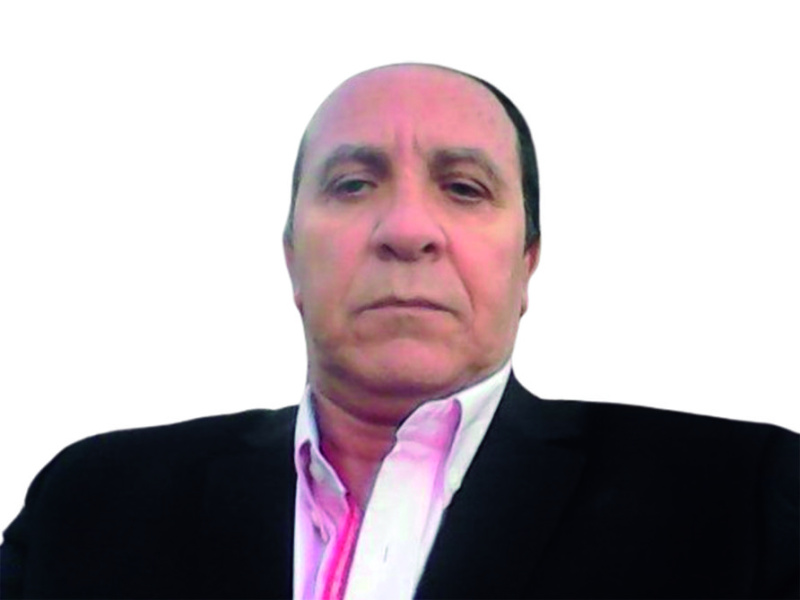Rédaction Africa Links 24 with José Pedro de Barros Duarte Fonseca
Published on 2024-03-04 10:07:09
Intellectual property has been widely discussed in recent times and the reasons for the discussion are not very happy, as it concerns suspicions of plagiarism of a foreign logo and possible inappropriate appropriation of the same. It is hard for me to believe that an issue of this importance did not go through the scrutiny of the Institute of Quality, responsible for the area of intellectual property in Cabo Verde, and true responsible parties allowed such a mistake to pass without registering the trademark beforehand.
We cannot anticipate any statements from them, and above all, we cannot replace specialized courts in disputes over trademarks, patents, and utility models without having all the variables at hand, namely knowing if the other trademark is in the public domain. I want to defend the rigor and intellectual impartiality that has been lacking in some of the publications on social media.
There are two major differences in terms of intellectual property disputes in patents or trademarks. In patents, a technology or process is copied, manufactured, and economically exploited. Courts are full of intellectual property litigation cases, the most iconic and studied being the Pepsi vs. Coca Cola case, which end in hefty compensations. I myself (and Cabo Verde) have been victims of the theft of a patent for capturing energy from sea waves created at the INIT in Praia in the 1980s and 1990s, which received international awards. It was later developed by the British, Belgians, and Brazilians and built in Brazil and England. No one came forward to defend Cabo Verde’s interests. This is what happens with patents, where developed countries do not value the efforts of scientists and intellectuals and they end their lives in poverty with meager pensions. But it has always been like this in history and happened to great scientists like Tesla or Roberto Duarte Silva, among many others. Today, the Technical University of the Atlantic is creating conditions for the implementation of a chair dedicated to the vast scientific work of Humberto Duarte Fonseca. These actions lead to attracting young people to science and new technologies and stimulate innovation and creativity.
Look at the case of renewable energies where scientists who have patented technologies and received international awards and distinctions never hold leadership positions in state institutes and companies. What saves us is that history takes care of setting the record straight, and eventually, years after the death of these scientists, squares, streets, and schools are named after them, while the “directors” are forgotten. Nevertheless, these positions continue to be filled by the “boys” or, as it was said during the time of the one-party system, by the best sons of the land, whatever that may be.
In trademarks, it is sufficient to use the shape of a logo, an image, or a similar word existing in a trademark, and that is called deceptive practice or unfair competition, with the aim of gaining economic advantage from that action. When the court demands reparations, they are generally financial. For example, if a brand like “toblertwo” is created, it constitutes unfair competition to Toblerone, and it is up to them to claim in court. An interesting case of unauthorized use of trademarks, since we are talking about Toblerone chocolate, is the use of an image of the Matterhorn mountains, which was replaced by the outline of a more common mountain to avoid violating the rules established by Switzerland on the use of iconography after the brand owner decided to move part of chocolate production out of the country.
Let’s be honest and see that it is not the same when a tourism brand copies the logo of a laundry. They are not even in the same competitive field. Perhaps the laundry even becomes more popular because of it. There is an undeniable striking similarity between the two logos that needs to be investigated in the name of intellectual honesty, but let’s agree that on social media, hasty conclusions have been drawn when the issue is much more serious and complex.
To conclude, we must admit that we have excelled in innovation and creativity in football, arts, music, and literature, which is great for the overall development of Cape Verdean people. We have also achieved significant victories in education since independence, as well as in the development of solid international relations, allowing us to have an advanced economy and a thriving tourism industry. Now, we must work on industrial property. I speak with authority as someone who was a pioneer in building scale models and conducting the first laboratory tests on “Made in Cabo Verde” energy technologies. I did not progress to the construction and testing of prototypes because the country was not yet ready. The fact that these patents have fallen into the public domain 15 years after their registration in 1988, does not mean that we cannot develop them, even if we lose exclusivity without being accused of plagiarism. In some cases, the evolution of materials and technologies may make the product even better than the original. The focus of the next steps towards owning our technologies will be on industries and universities.
In universities, we need to change the mentality and stop seeing them as places where one earns well by giving 10 hours of classes per week. Universities must become true centers of innovation and scientific research. Recently, the Foundation for Science and Technology in Cabo Verde was created, a significant government initiative in this regard. This will lead us to the goal of thinking about technologies, building models, testing them, constructing prototypes, testing them, and introducing them to the market. These new technologies made in Cabo Verde should, as much as possible, serve national strategic objectives such as energy, fisheries, and the environment. If we have already achieved the status of a medium-development country thanks to our achievements in education, the key to full development lies in science and technology. The tools are there.
Let’s get to work.
Read the original article(Portuguese) on Expresso das Ilhas



